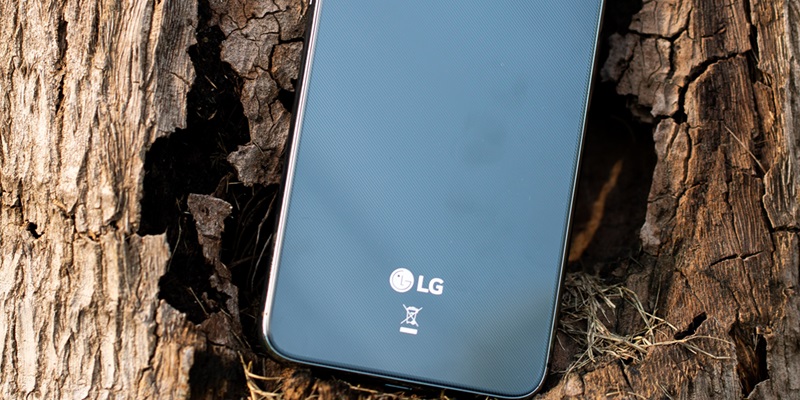In a surprising turn of events, LG has announced its decision to abandon its plans of incorporating a curved display in its highly anticipated flagship smartphone, the LG G6. This shift in strategy marks a departure from the company’s previous focus on curved screens, which had become a signature feature of its recent smartphone models.
Speculations for the Change in Strategy
While the official reasons behind LG’s change of heart have not been confirmed, industry insiders speculate on several factors that may have influenced this decision. One possible reason is a desire to differentiate the LG G6 from its competitors. With many smartphone manufacturers now offering curved displays, opting for a more traditional flat screen design can make the LG G6 stand out in the market.
Another motivation driving this change is consumer preferences. While curved displays have their appeal, there is still a sizable portion of the market that prefers the familiar and comfortable experience of a flat screen. By adopting a more traditional design, LG can cater to this segment of consumers and potentially win them over. Furthermore, choosing a flat screen design could bring potential cost savings and improved durability to the LG G6. Curved displays often involve more complex manufacturing processes, which can increase production costs. By streamlining the design and opting for a flat screen, LG may be able to reduce costs and pass on the savings to consumers.
Response to Lukewarm Demand for Curved Display Smartphones
Another driving force behind LG’s decision is the lukewarm demand for curved display smartphones in recent years. Despite the initial excitement and hype surrounding these curved screens, their popularity has somewhat dwindled. This shift in consumer preference may have prompted LG to reconsider its strategy and allocate its resources towards other areas of the smartphone that will provide a competitive edge in the market.
Emphasis on Other Features in LG G6
By eliminating the curved display from the LG G6, LG can now redirect its resources towards enhancing other aspects of the smartphone. This includes a focus on camera technology, improved battery life, and enhanced software features. By prioritizing these areas, LG aims to deliver a high-quality smartphone that will provide an exceptional user experience to its customers.
Expectations for a High-Quality Smartphone
Although the curved display may not be featured in the LG G6, consumers can still expect a premium and cutting-edge smartphone from LG. The company has a strong track record of delivering innovative features and advanced technology in its devices. With a renewed focus on camera technology, battery life, and software features, the LG G6 is expected to offer a compelling and competitive smartphone experience.
Implications for the Market and Other Manufacturers
LG’s decision to abandon its curved display strategy for the LG G6 could have significant implications for the overall smartphone market. If the LG G6 receives positive feedback and resonates well with consumers, other manufacturers may consider following suit and reevaluating their reliance on curved displays.
Possibility of Reintroducing Curved Display in Future Smartphones
Although there are no public announcements regarding LG’s plans to reintroduce curved displays on their smartphones, it’s important to note that technology and consumer preferences can change rapidly. As the market evolves and new innovations emerge, LG might choose to reintroduce curved displays in their future smartphone models if there is significant demand or a shift in consumer preferences.
LG’s decision to abandon its plans for a curved display in the LG G6 demonstrates the company’s commitment to listening to consumer preferences and adapting to market trends. By adopting a traditional flat-screen design, LG aims to differentiate itself from competitors, potentially offer cost savings, and provide a high-quality smartphone experience through advancements in camera technology, battery life, and software features. Ultimately, the impact of this decision on the market and the strategies of other manufacturers remains to be seen, but it highlights the need to consider changing technology and consumer preferences in the ever-evolving smartphone landscape.

